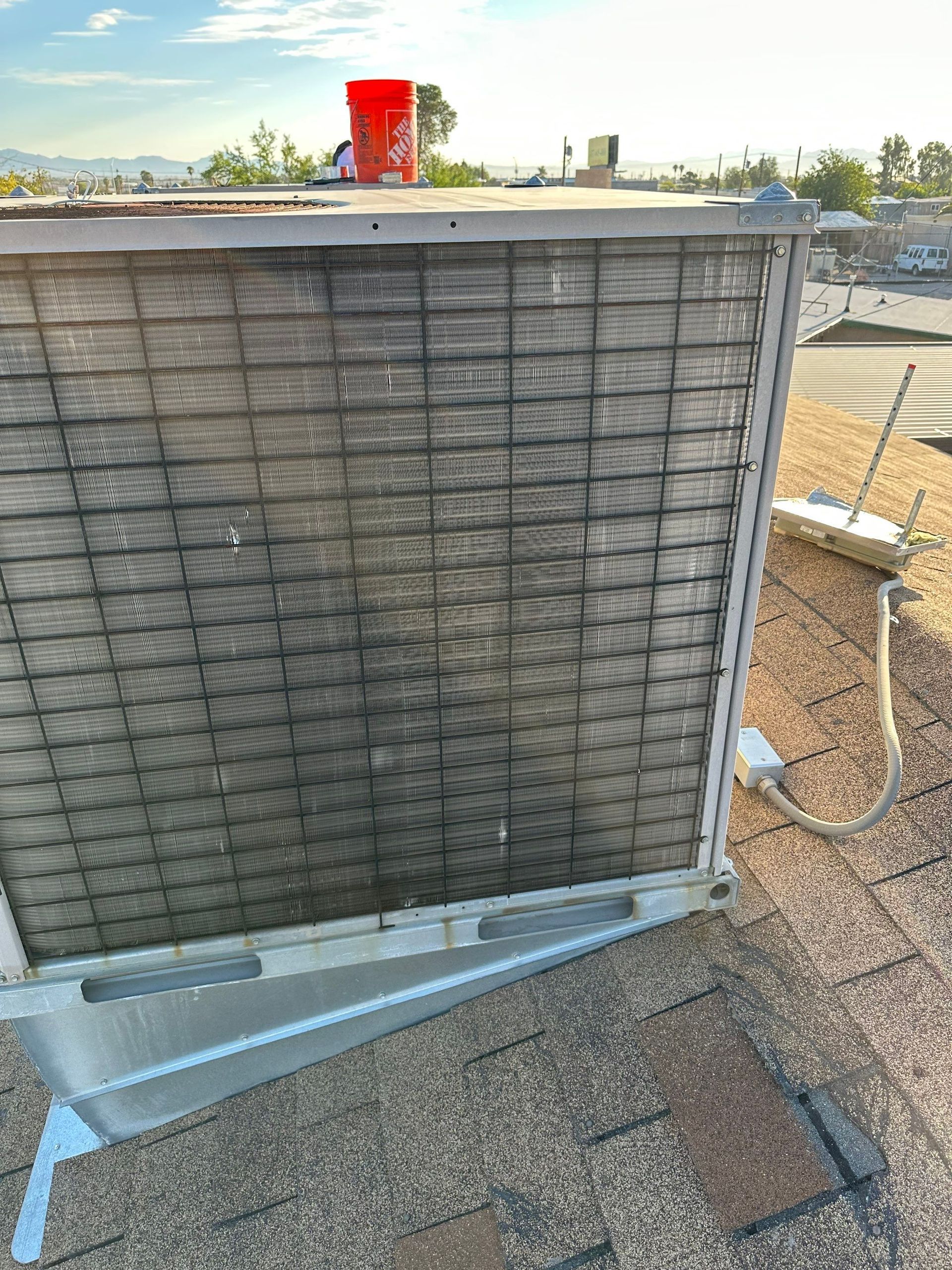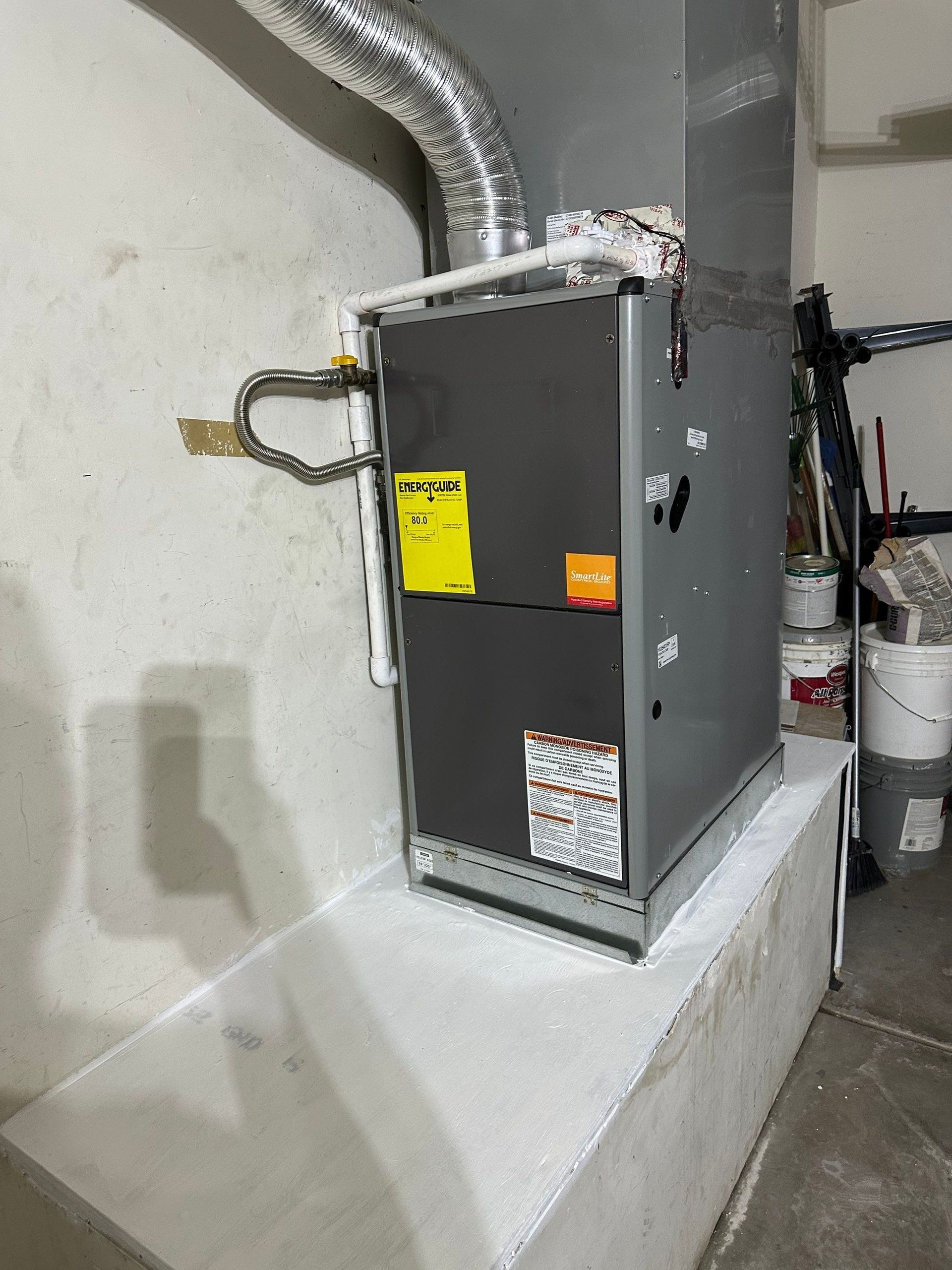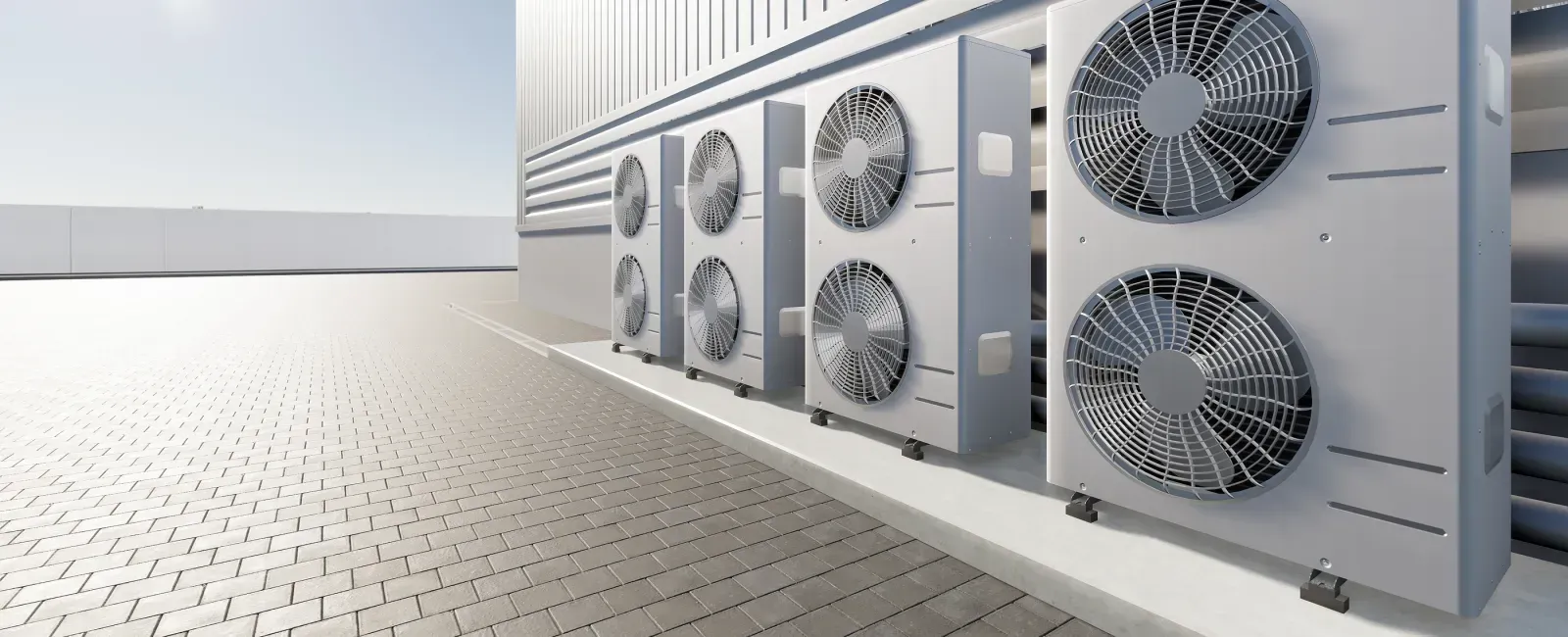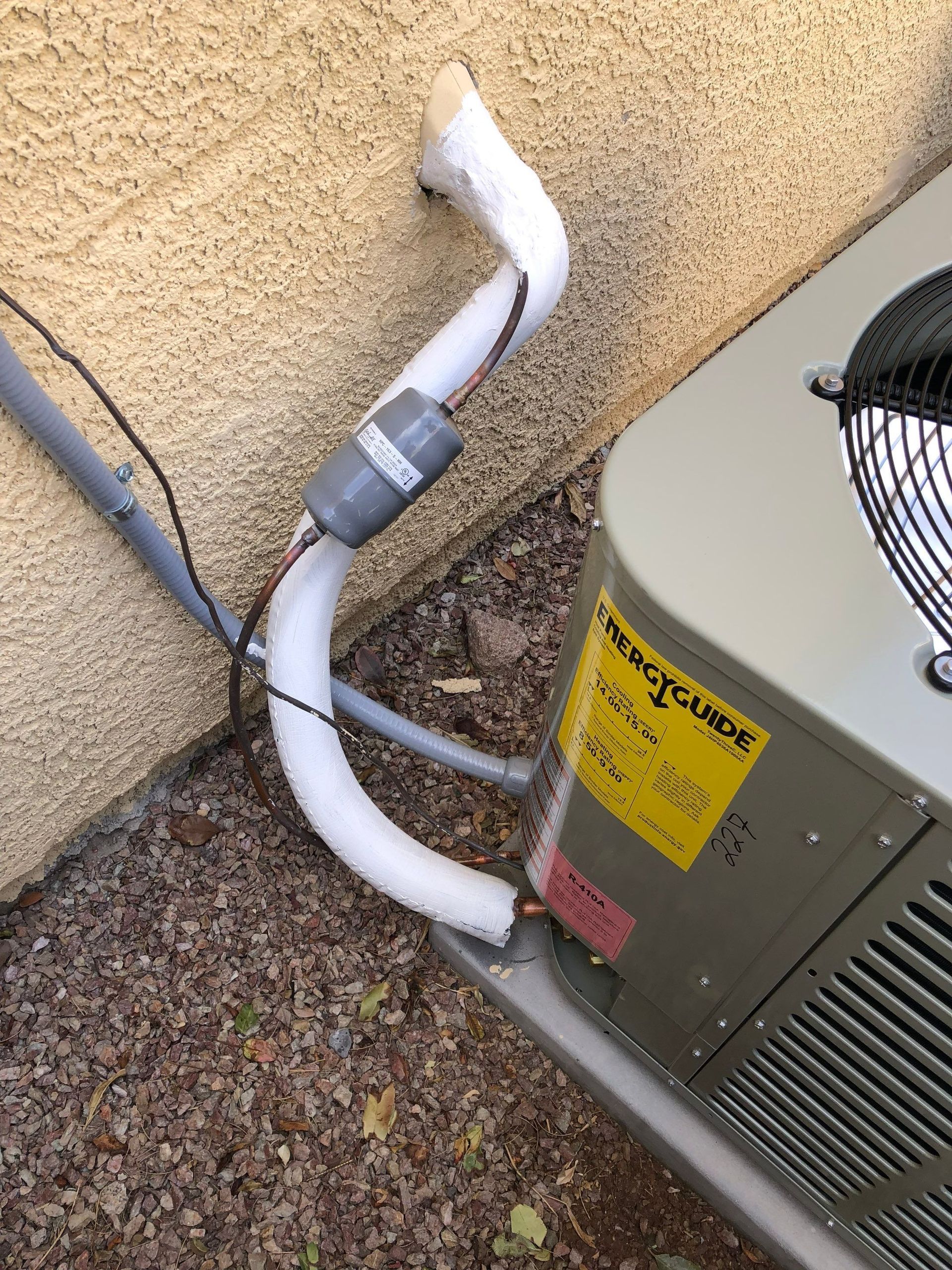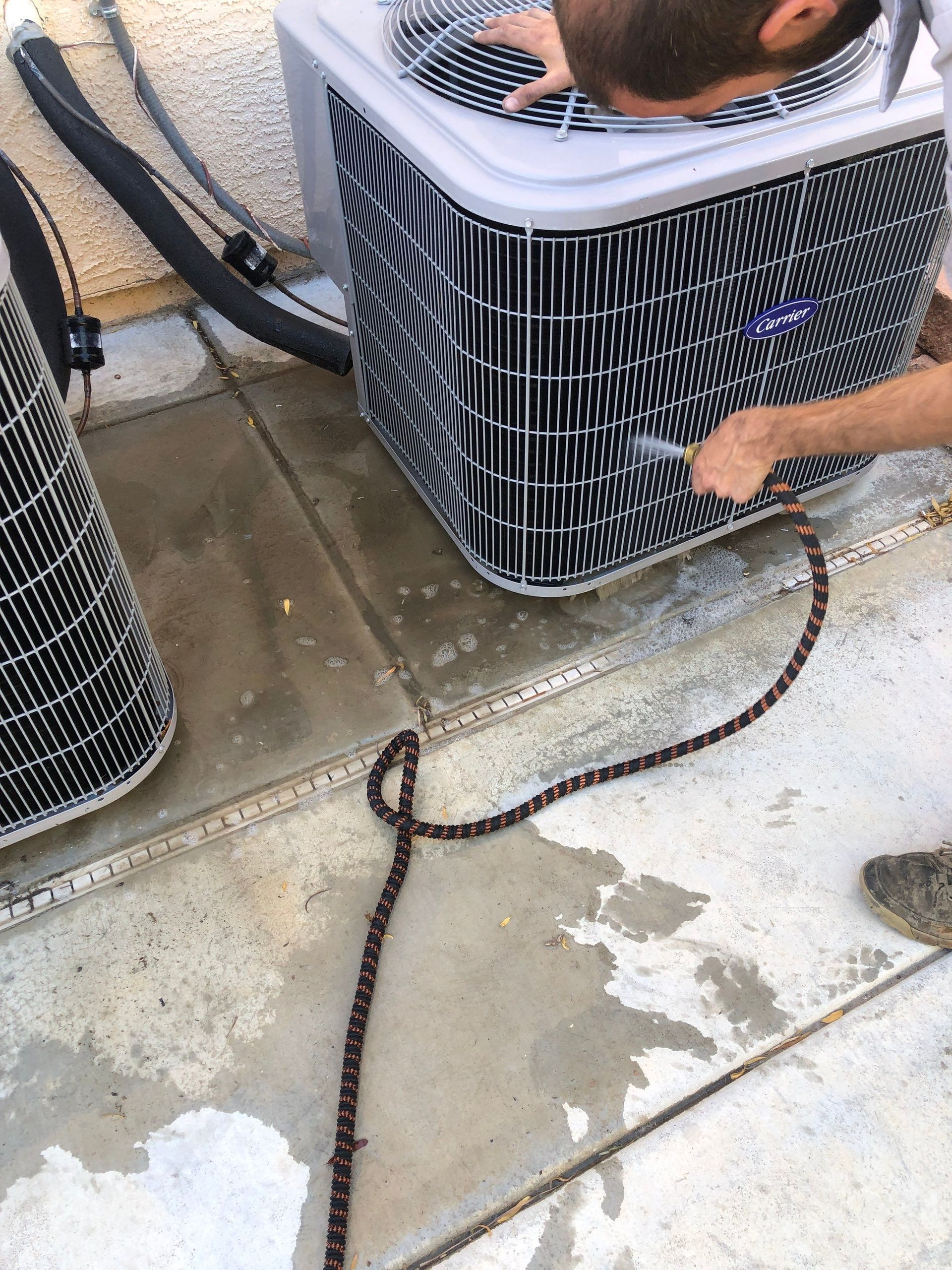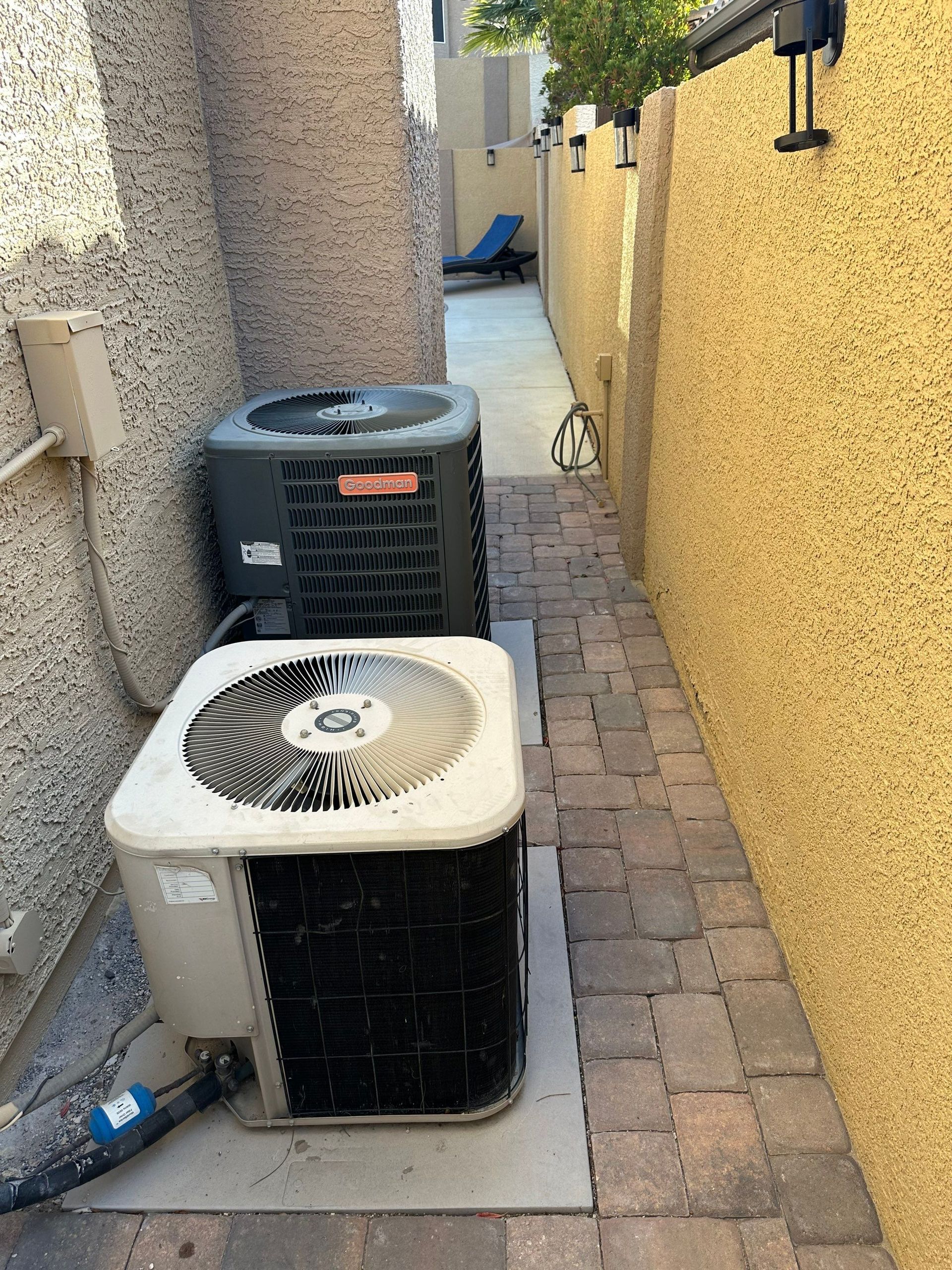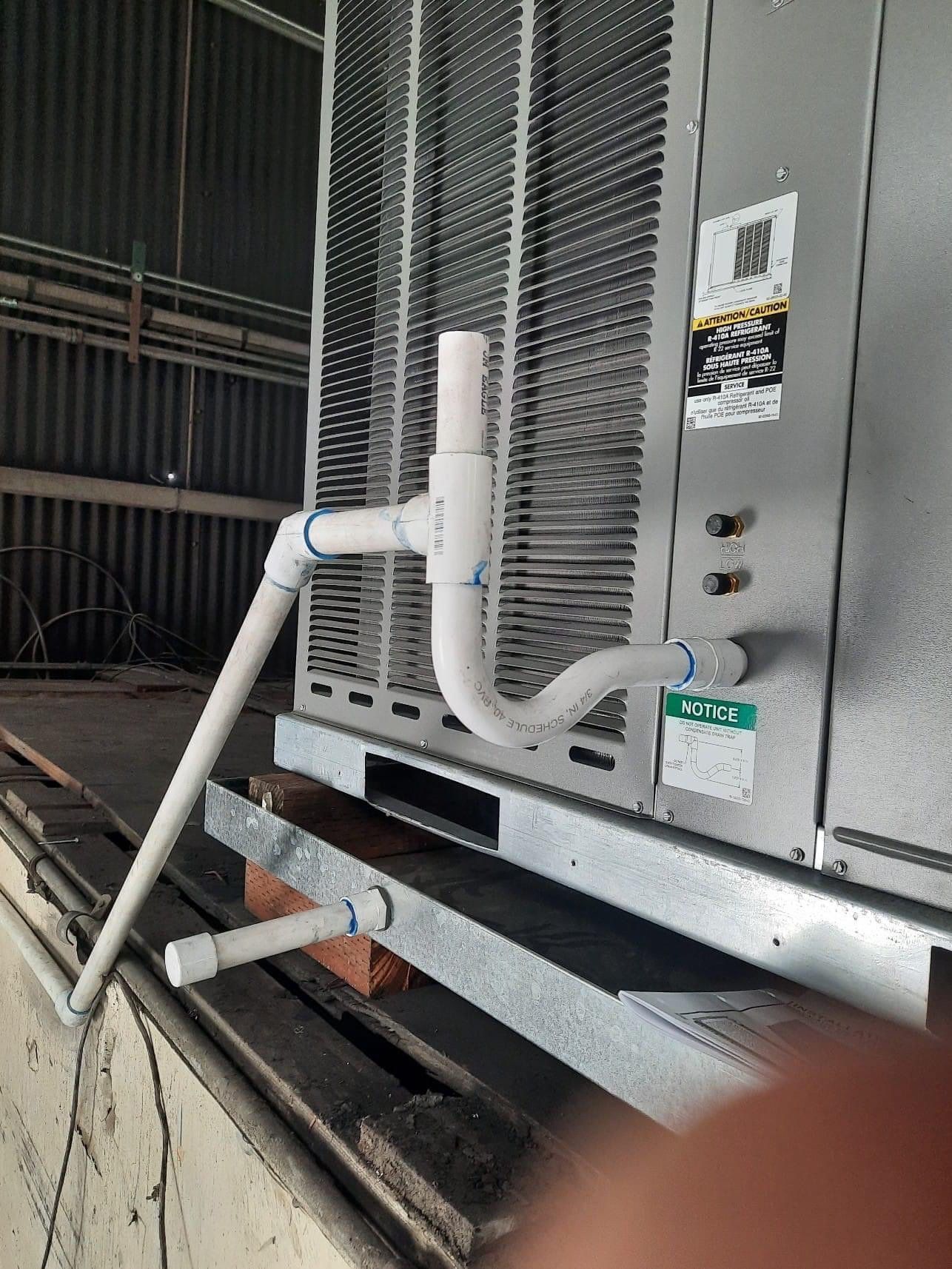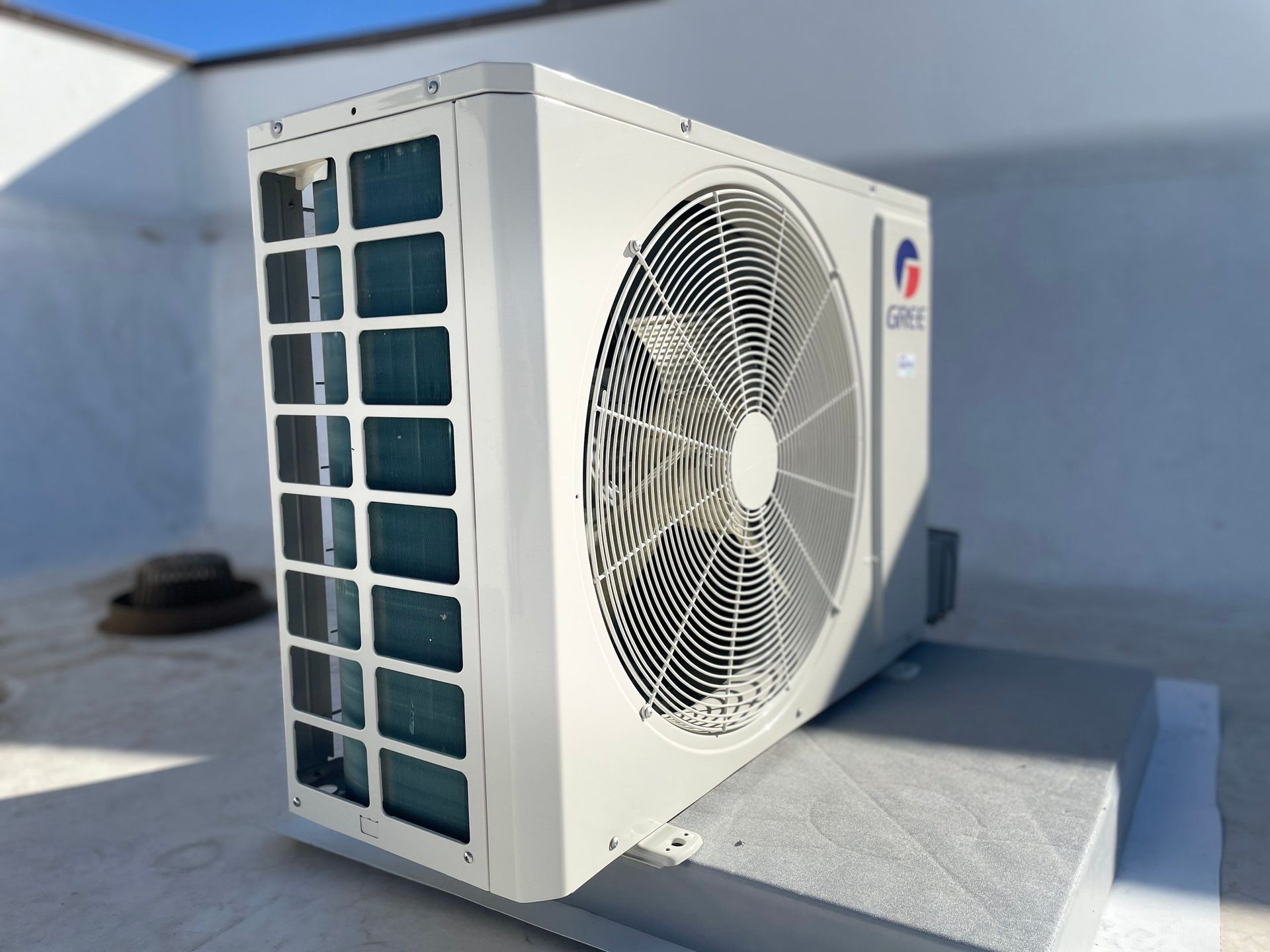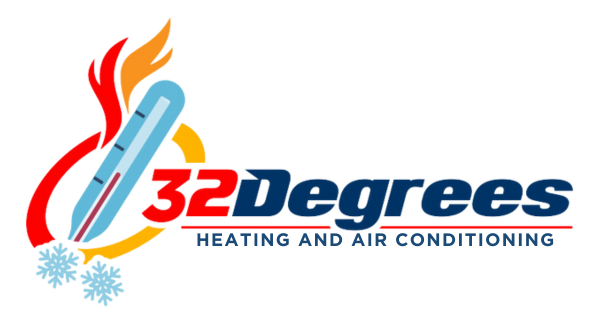Should You Upgrade Your Furnace This Fall? Key Considerations
As the crisp fall air starts to settle in, thoughts naturally turn toward keeping your home warm and cozy. If your furnace is getting up there in age, you might find yourself wondering whether it's time for an upgrade. Deciding to replace a furnace isn’t just about age – there are several factors to consider that go beyond how long it’s been working. The goal is to find out if your current system is truly serving you well or if it's time to embrace something more efficient and reliable.
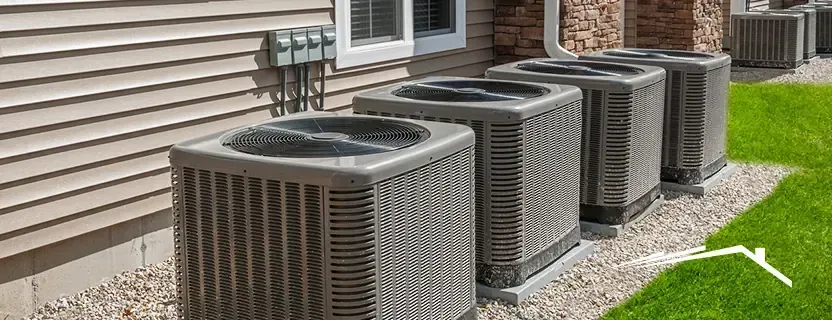
The Age Factor
A furnace doesn’t last forever, and the average lifespan is about 15 to 20 years. If yours is nearing or exceeding this range, it may be running less efficiently and costing you more than it should in energy bills and repairs. Even if it still "works," the wear and tear of years can take a toll on its performance. Replacing an old system before it completely fails can be a proactive move that prevents a mid-winter emergency.
High Energy Bills? Take a Closer Look
Nobody likes a shockingly high energy bill. If you've noticed that your heating costs are climbing steadily, it could be a sign that your furnace is no longer running efficiently. Older furnaces tend to lose efficiency, meaning they have to work harder to heat your home. Newer models come with higher efficiency ratings (AFUE) that convert more fuel into heat, potentially saving you a significant amount over the course of a season. In other words, the investment in a new system can often pay for itself in lower energy costs.
Frequent Repairs Adding Up
When you find yourself frequently calling for repairs, it’s time to consider whether those bills are better spent on a new furnace. As parts begin to wear out, those repair costs can add up quickly – and there comes a point when it makes more sense to put that money toward a new unit instead. A repair here and there is normal, but if the furnace technician is on speed dial, that’s a pretty good indication that your heating system is reaching the end of its road.
Comfort Matters: Uneven Heating or Longer Run Times
If some rooms feel colder than others or the furnace runs continuously without keeping the house warm, it’s more than just an inconvenience. These could be signs that the furnace can no longer keep up with your heating needs. An upgraded system with modern features can help maintain consistent temperatures throughout your home, ensuring a warm and comfortable environment without the hassle of constant thermostat adjustments.
Rebates and Incentives Sweeten the Deal
Upgrading doesn’t just bring comfort and efficiency; it can also come with some financial perks. Many energy companies and government programs offer rebates and incentives for installing energy-efficient heating systems. These savings can help offset the initial investment, making it a smart financial choice in the long run. Plus, with better efficiency, those monthly savings will keep stacking up.
The Environmental Impact
For those who prioritize eco-friendliness, upgrading to a high-efficiency furnace can be a good step toward reducing your carbon footprint. Older units tend to emit more greenhouse gases, while newer, energy-efficient models use less fuel and produce fewer emissions. Making the switch not only benefits your wallet but also the environment.
Timing is Everything
Fall is the ideal season for a furnace upgrade. Contractors are more available than during the busy winter season, and you can schedule an installation before the temperatures really drop. Being proactive means avoiding the rush and ensuring your new system is in place and ready to go when you need it most.
Ultimately, choosing to upgrade your furnace this fall is about weighing the current condition of your system against the benefits of a new one. If your energy bills are high, repairs are frequent, or comfort is compromised, a new furnace might be just what you need to enjoy a warm, worry-free winter.
Ready to work with 32 Degrees Heating and Air Conditioning?
Let's connect! We’re here to help. Send us a message and we’ll be in touch. Or give us a call today at 725-720-2912
Agency Contact Form
Our Blogs...
32 Degrees HVAC Solutions
